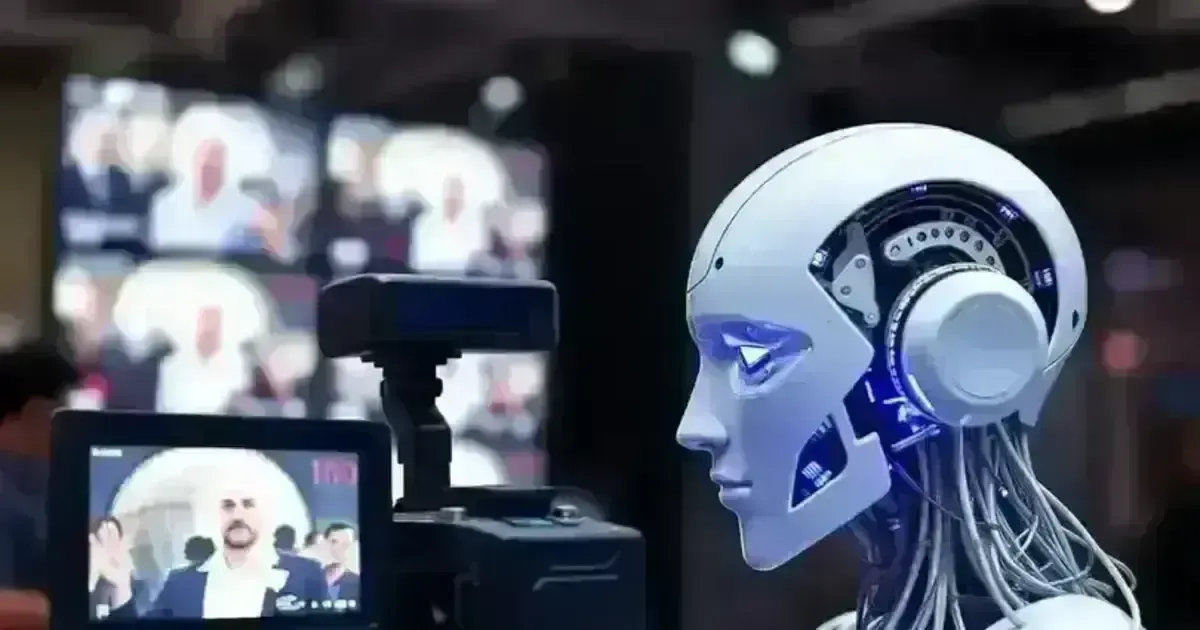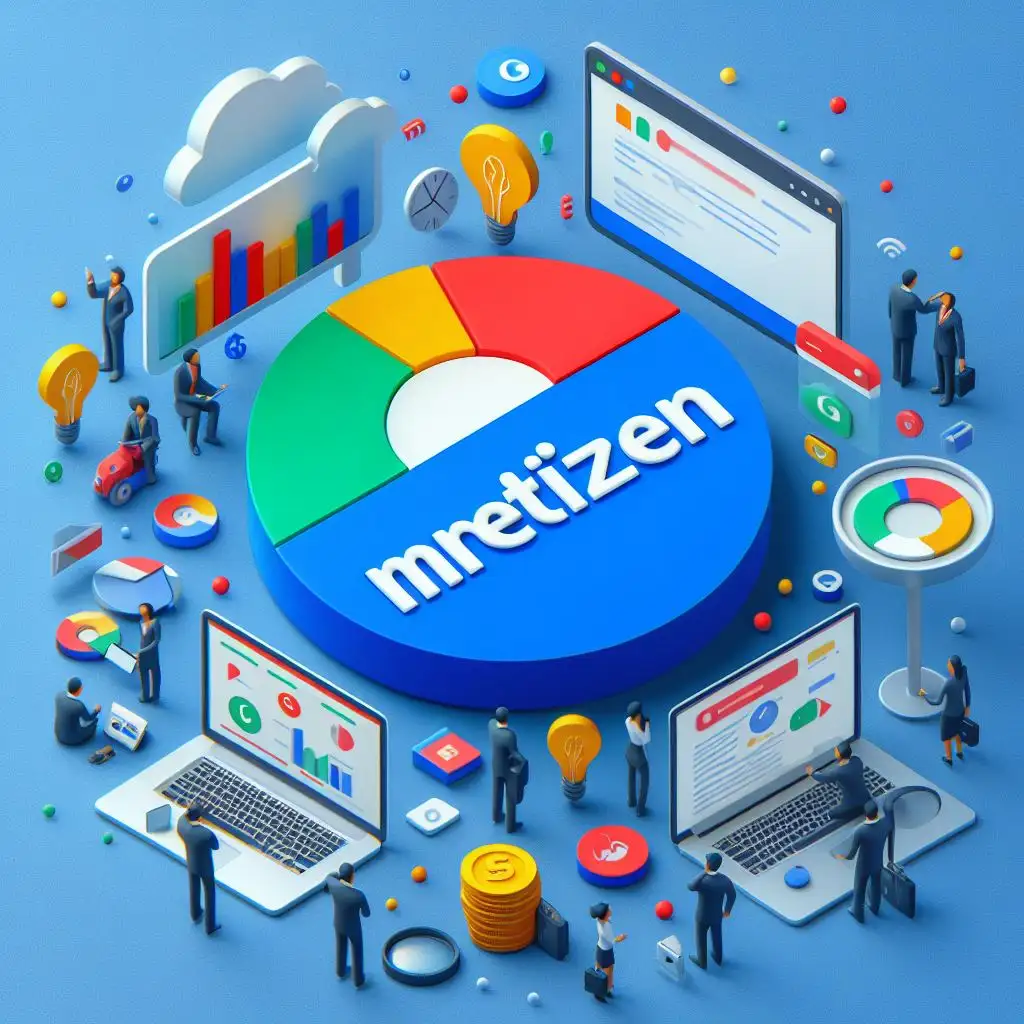Explore the truth behind artificial intelligence in "Beyond the Hype: Debunking Common Misconceptions About AI." Uncover the realities of AI's impact on jobs, autonomy, and its potential for both innovation and ethical challenges. Discover how to separate fact from fiction in today's AI-driven world.
1. Introduction
Artificial intelligence (AI) has emerged from the realm mostly associated with academia to the field that is integrated into numerous aspects of people’s lives. Applying artificial intelligence in our day-to-day life; From Siri to complexity of the stock market. With this though, comes lots of myths and misconceptions about what interior design entails as well as the people involved in this profession. The general idea about AI is more or less formed with popular culture and the colorful media coverage and not from reading the actual potential and the true constraints of the AI technology. Consequently, there is a reality where fear and hype rule out the potential of a specific technology and real risks involved in a given technology.
This article is aimed at clearing the confusion around AI and give a realistic view by debunking some of the biggest myths. Taking this into consideration, we would like to provide you some clarification on what AI is and what it is not, to help you get rid of some common misconceptions. This understanding is very vital for a myriad of stakeholders, a key among them being policymakers, technologists, and the extended society that uses ai-based products and services. Thus, only forgetting the original enthusiasm surrounding AI, it is possible to fulfill one’s duty and use new tools for the benefit of society.
2. Misconception #1: AI Will Soon Replace All Jobs
Probably the most common concern of AI is that automation will reduce employment rates and eliminate most human employees from industries. This fear is often spurred by articles which talk of the ‘AI invasion’ of employment, presenting a bleak picture of the world to come. But this two-sided story overemphasizes the link between AI and employment. It is for this reason that while it can be said that AI will take over some tasks, it is quite clear that AI will extend the capabilities of humans and not totally eliminate them. In numerous industries, AI is now used to perform mundane and clerical functions so that human labor can be extended to higher value contributing tasks within companies. For instance, in the healthcare sector, AI can sift through large databases of medical information to provide doctors with information on the symptoms and causes of diseases but the personal touch cannot be outsourced to a machine.
To add, research proved that time and again, technologies displace jobs but in the same process, they bring about new jobs in the market even while at the same time rendering other technologies redundant. Applying the same trend, the rise in AI is expected to give rise to other jobs that will preferably be the mix of technical skills and creativity. Roles in AI and AI governance, AI training and data preparation such as data annotation, for example, are already emerging. The major issue, therefore, is not to fight the rise of AI but to equip the relevant human workforce with education and training that will enable them develop skills that are relevant for complement with the existing artificial intelligence systems. In this way, the future would make AI as an assistant that uplifts human productivity along with creative thinking instead of as an enemy that is taking away all jobs.
3. Misconception 2: AI is fully autonomous and uncontrollable.
Another myth is that AI systems are fully autonomous robots which need no supervision from humans and, in some cases, might act against people’s interest. This is a misleading belief which is may supported by popular culture portraying AI as these autonomous intelligent entities that can decide for themselves. As a matter of fact, most of the current AI systems still demand a lot of human intervention – right from the design all the way to the implementation. For example, Machine learning models depend a lot on datasets accumulated and classified by people and a lot of output which they generate may require credibility check by professionals in the relevant field.
One cannot remove a human from the loop even in the most advanced technologies such as self-driving cars or robots that perform surgery since they have to be programmed to ensure they do not perform actions that are detrimental to others. The idea that an AI system is out of control is false, which has been as a result of a misunderstanding of the nature and working of AI algorithms. The most important point to remember is the fact that present day AI cannot ‘think’ or ‘decide’ as one would normally associate it with the capability of a human mind; it is basically a set of inputs reacting to other inputs as per well defined instructions. Therefore, people should not be threatened by AI’s self-learning ability but instead, enhance the control and monitoring of the system so that AI will be implemented correctly and in the right manner.
4. Misconception 3:AI Has Human-Like Emotions and Intentions
Another misconception which has been fostered over the years is that AI can have some sort of an emotion or intention as though belonging to a human-being is a common myth which has been further propagated by scie-fiction and confused news account. In its essence AI is an algorithmic approach that aims at solving a particular problem by helping the system analyze data through pattern recognition. It can mimic certain aspects of human communication or even certain behaviors, yet it can not have consciousness, self-reflecting abilities, and complex feelings. The awareness of emotions, for instance, can be designed into AI systems and adapted to the data fed to them; for example, sentiment analysis in chatbots is not the same as having feelings and motives.
It is therefore important for people to have an appreciation of this difference so that they can be able to set the right expectation about Artificial intelligence. They know that people might misjudge the AI’s capabilities when we personify it and this is why it is important not to do that. This can lead to wrong perception of what AI is or what it can do and what it cannot do, including having a wrong perception that AI can do everything when infact it cannot do everything. It is crucial to discuss AI as utilitarian, as a software, which nonetheless has the opportunity to become physically strong and very intelligent but conventionally it has no soul; it does not possess feelings, cannot distinguish between good and evil, or desire. When we are looking at the definitions of AI and understand what the technology actually offers, the people are more prepared to see the possibilities of integrating the AI technology into their daily life as well as become more conscious about the limitation they might encounter.
It is therefore important for people to have an appreciation of this difference so that they can be able to set the right expectation about Artificial intelligence. They know that people might misjudge the AI’s capabilities when we personify it and this is why it is important not to do that. This can lead to wrong perception of what AI is or what it can do and what it cannot do, including having a wrong perception that AI can do everything when infact it cannot do everything. It is crucial to discuss AI as utilitarian, as a software, which nonetheless has the opportunity to become physically strong and very intelligent but conventionally it has no soul; it does not possess feelings, cannot distinguish between good and evil, or desire. When we are looking at the definitions of AI and understand what the technology actually offers, the people are more prepared to see the possibilities of integrating the AI technology into their daily life as well as become more conscious about the limitation they might encounter.
5. Myth 4 : AI Is a Single Technology
One of the biggest misconceptions regarding Artificial Intelligence is to consider it as a single technology. Indeed, one must remember that the term ‘artificial intelligence’ is a broad term that can embrace a huge number of approaches, methods, tools, and their uses and restrictions. Some of the subcategories of AI include machine learning, deep learning, natural language processing and computer vision among the others. These areas are different and all of them implies its own technique of work and is relevant to certain kinds of tasks. For example, the machine learning algorithms make an action possible by forecasting from data while the natural language processing involves computers understanding and producing natural language.
It can also be noted that AI is diverse and therefore improvements in specific fields of AI do not entail advancements in other fields. This also implies that the potential and the vulnerability of AI are not organized in the same way in each case, as it depends on the given type of this technology and the used application. This way we have to look at AI more as a dozen of specialized subfields, rather than a monolithic entity that is beyond our understanding and control. It also emphasizes that the policy and the ethical guidelines should be sector and type of the AI based technologies specific because one size does not fit all.
6. Myth 5: AI Will Lead to a Dystopian Future
Such misgivings as to the possible shift of power from human beings to systems, changes which would subject man to machines and to the control of systems, are mostly imaginary as opposed to real. Although it is clear that any kind of powerful tool always comes with certain level of dangers, the idea of AI as some sort of uncontrollable power that is inherent to turn against its masters is nothing but a science fiction rather than reality. Currently, there is barely any sophisticated Smart AI system which is used to do general tasks in diverse fields but most of them are specific and perform limited tasks in specific conditions or areas. Furthermore, the advancement of AI has been significantly informed by the ethos of right use and is constantly under the regulatory protection. Currently there are academicians and policy makers who are developing guidelines and polices on how the AI could be developed and utilized in order to support the society.
Also, the ethic concern of AI technology is becoming more sensitive among the members of the AI community, and they are now more active in addressing the possible threats. This includes preventing the existing discrimination of the AI algorithms as well as the creation of explainable AI and the AVI or the Aligning AI with Human Values. It is therefore clear the real issue is not AI itself but is how decision makers prefer to harness or circumscribe the technology. The positive benefits of AI in today’s society can be maximized while the negative aspects in the same society are avoided or minimized if a proper culture of responsibility and ethical awareness in the development of AI is put in place. AI future is not already laid down and by dismissing these dystopian myths, society can work towards creating the proper future for the AI.
7. Conclusion
There are two types of misunderstanding and conspiracy theories associated with the use of AI: Those caused by sensationalism and the creation of myths about AI by the media and, Those due to misconception and fear of the unknown which people always have towards new technologies. This article sought to demystify these myths to give the reader a clear, and perhaps lessbiased outlook on what AI is, and what it is not. Many think of AI as an all powerful beings that came to replace humans or take over the world or something as simple as a singular tech related system that can be easily rationalized and controlled. There can no doubt that it is a system that has grown sophisticated and continues to change over time and that has remarkable opportunities for the company and customers, at the same time it has threats that have to be mitigated properly.
In order to make rational decisions about the placement of Artificial Intelligence in our societies, it is necessary to go beyond the mere buzz. While charting a way forward in anchoring AI in business and other fields, it essential that we do this with our eyes open vis-a-vis what the technologies are capable or incapable of doing. This will help us to be able to realize artificial intelligence in the right manner so that the general public will not see it as something that is dehumanizing them. Here lies the need to educate the public on the#AI , thus creating a perception of a future where technology and mankind are interlinked.


























